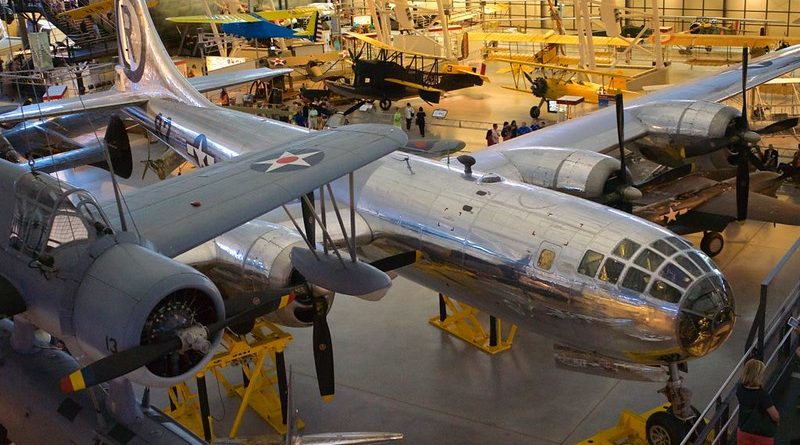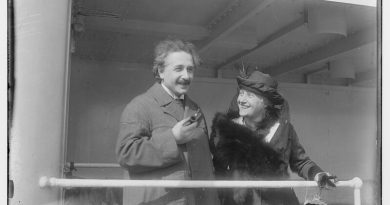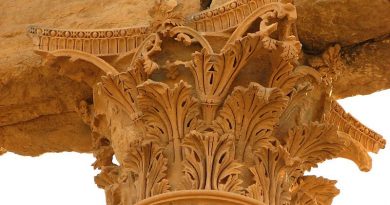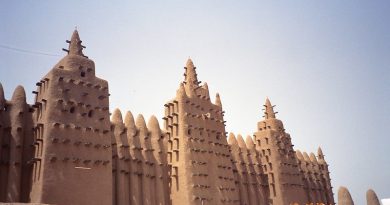War and Peace: The bombing of Nagasaki
Nagasaki was the first city in Japan to establish links with the west, as early as the 16th century when Portuguese traders and Christian missionaries were visiting Nagasaki and influencing its culture.
However, tragedy struck in East/West relations during WWII when one of the greatest single event atrocities committed by the west occurred, and dramatically closed the War.
On 9 August 1945, an American air force bomber unloaded a four and a half ton atomic bomb on Northern Nagasaki, killing a third of the civilian population immediately and another third were injured and later died from painful and crippling diseases caused by radioactive poisoning. As the bomb exploded 1500 ft in the air and in the suburbs, the death toll was much lower than the atomic attack on Hiroshima.
Now, a black stone monolith marks the place of the explosion. The fire ball created by the bomb was 1000 degrees centigrade hotter than the surface of the sun and reduced the area surrounding the bomb to a barren ground of only burnt rubble. It was thought that most of the city would be barren of vegetation for nearly a century, but science was proved wrong and now the area is green and leafy, covering over the destruction of its recent history.
Nagasaki was not the target of the B-29 carried bomb, the city of Kokura was the main target, but its course abandoned due to smoke cover and so the fate of Nagasaki was sealed.
Since the War, Nagasaki has become a focal centre for peace campaigns, and people from all over the world come to show solidarity to the people of Nagasaki and visit its peace museum. Many symbolic sculptures have been donated by nations around the world as an expression of peace to Nagasaki, from the Constellation Earth given by Nagasaki’s sister town of St Paul, Minnesota, USA and the Monument of Peoples Friendship given by the GDR. The city has been completely rebuilt, and it is difficult to believe when looking on the surface of the city that these unthinkable atrocities actually occurred in this peaceful and innocent city.
MORE INFORMATION
Records of the Nagasaki Atomic Bombing
Nagasaki Peace Museum’s accounts and photos of the events, and survivors first hand accounts of the horrors.




